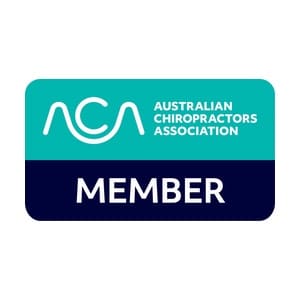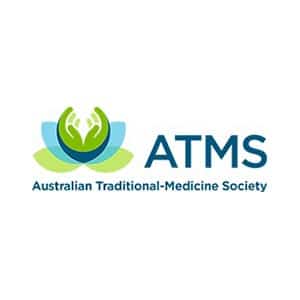Neck pain and its related problems can become incapacitating for sufferers. Millions of people will experience neck pain at some point in their life.
The head is heavy and balanced on a narrow support made up of seven bones called vertebrae. The vertebrae are separated from each other by discs, stabilised by joints and ligaments and moved by muscles. Because the neck is so mobile, it is easily damaged.
Causes of Neck Pain
Injury and postural problems are the most common causes of neck pain. Diseases such as arthritis or degeneration of the discs can also cause pain.
Some other causes of neck pain include:
- trauma or injury
- worry and stress
- falling asleep in an awkward position
- prolonged use of a computer keyboard
Treatment of Neck Pain
The vast majority of episodes of neck pain will get better with time and can be addressed with non-surgical treatments. Progressive neurological deficit (weakness in the arms or loss of feeling and coordination in the arms or legs) could indicate nerve damage. Also, sustained or increasing pain accompanied by lack of appetite, unplanned weight loss, nausea and vomiting, or fever/chills/shakes could indicate a spinal tumour or infection.
Most episodes of acute neck pain are due to a muscle strain or other soft tissue sprain (ligaments, tendons). This type of injury can be caused by a sudden force (such as from a car accident), or from straining the neck (such as a stiff neck from sleeping in the wrong position, or a strain from carrying a heavy suitcase).
Most minor injuries to the ligaments, tendons and muscles in the neck usually heal with time (a couple of days or weeks) because these soft tissues have a good blood supply to bring the necessary nutrients and proteins for healing to take place. Conservative care, such as ice and/or heat, medications, physical therapy, and/or chiropractic adjustments can help alleviate the painful condition while it is healing.
A study1 by Humphreys and Peterson showed that chiropractic treatment for patients with both neck pain and dizziness and neck pain with no dizziness reported a high proportion of patients had a clinically significant improvement on the Patients global impression of change scale (PGIC).
Chiropractic offers a unique approach to a wide range of cervical problems. The chiropractors at Back to Basics Chiropractic do not ‘twist’ the neck or perform painful manoeuvres. Chiropractic adjustments are a precise and gentle therapy with the aim of returning motion to restricted spinal joints and to improve the overall mechanics of the spine.
Book an appointment with one of our Chiropractors at Kogarah or Parramatta, Click Here.
1. Chiropr Man Therap. 2013 Jan 7;21(1):3. doi: 10.1186/2045-709X-21-3.Comparison of outcomes in neck pain patients with and without dizziness undergoing chiropractic treatment: a prospective cohort study with 6 month follow-up.Humphreys BK, Peterson C.






